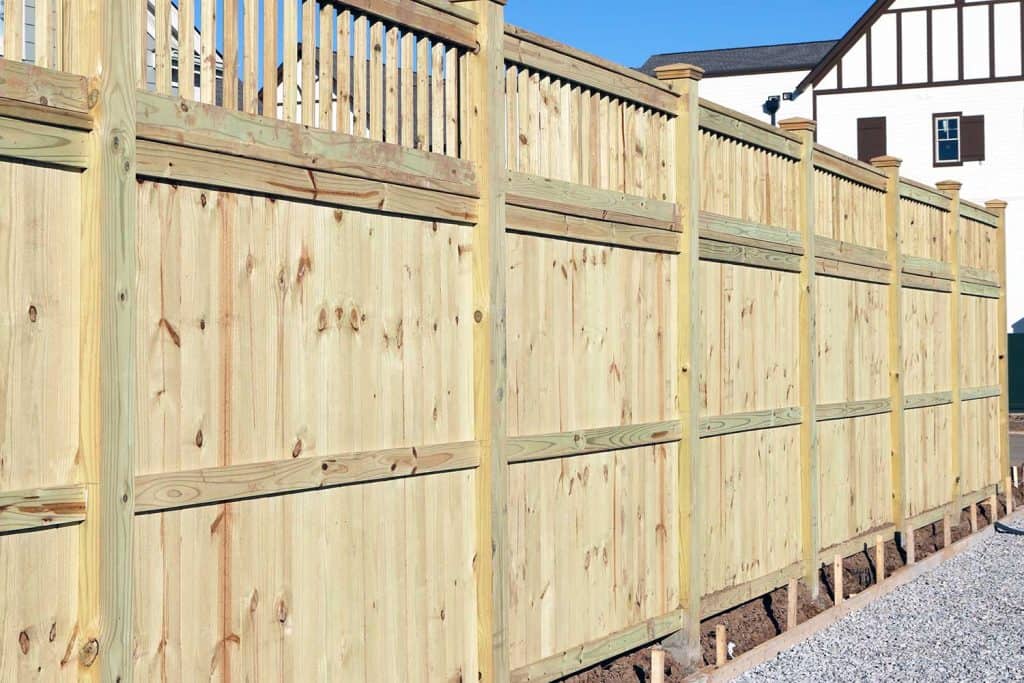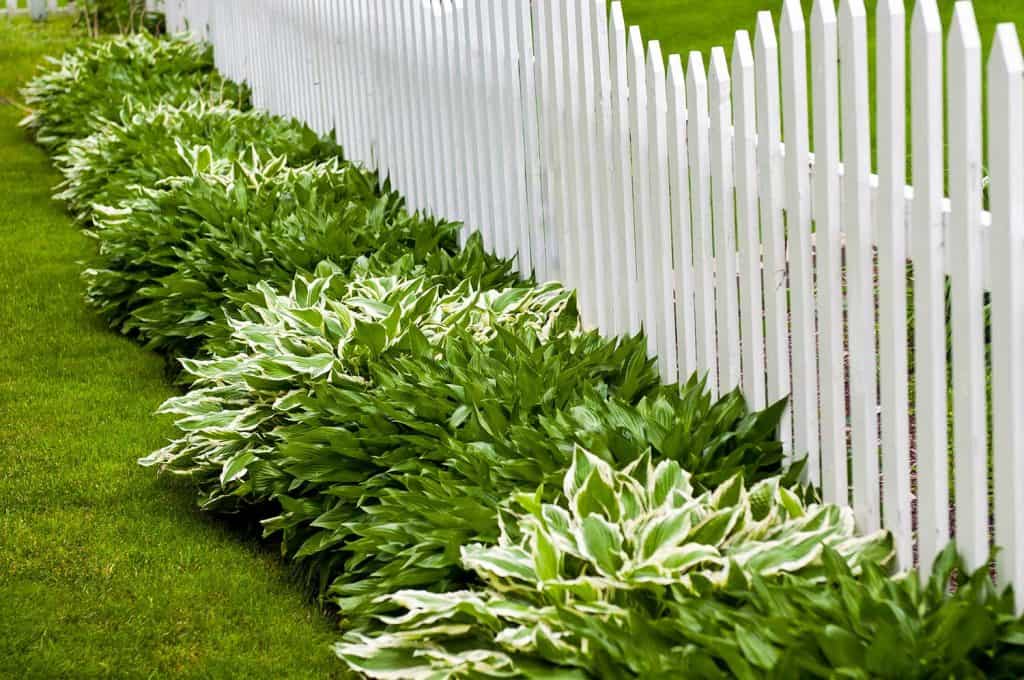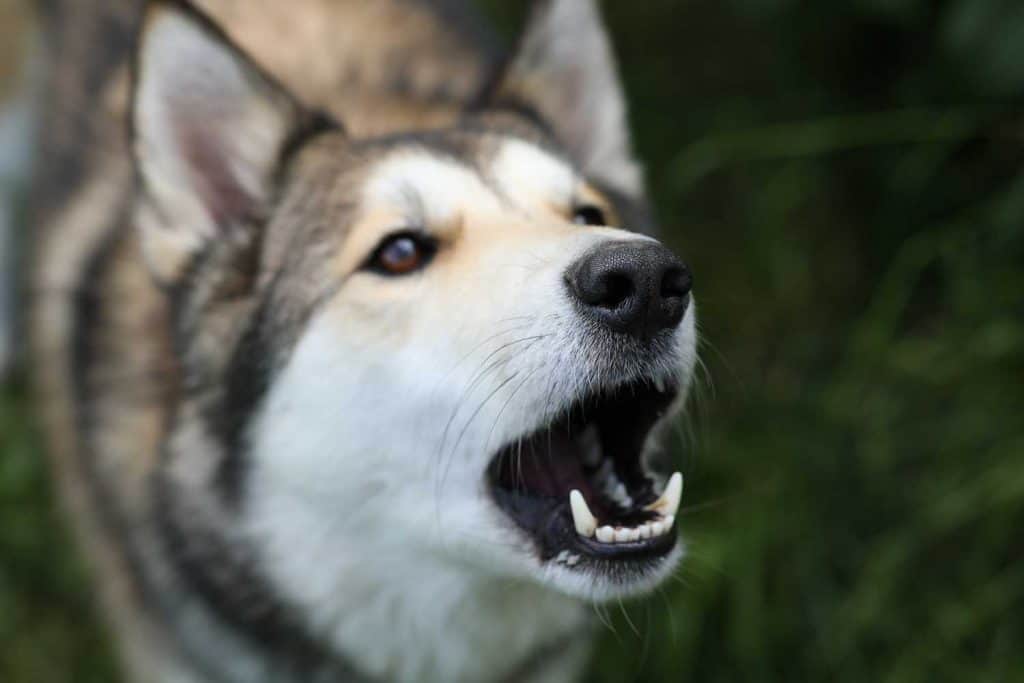Hostas are a great complement to almost any garden or flower bed. They do well in shaded areas and can handle a wide range of temperatures. But, before you decide to incorporate hostas into your landscaping, you probably want to know if deer eat hostas. We have taken the time to research for you and to give you the answer you need to prepare for planting.
Deer eat hostas. Knowing this information is helpful, but knowing how to protect your plants is essential. Here are some of the best methods to ensure that your hostas don't become the main course for the deer around your yard:
- Protect hostas by using deer repellent.
- Use fencing to keep deer away.
- Plant hostas close to your house.
- Use motion-sensitive devices to scare deer away.
- Surround hostas with plants that deer do not like to eat.
- Get a dog.
Now that we have a good list of tried and true methods let's discuss each in-depth. Keep reading, so you can decide which option is best to keep hungry deer away from your hostas.
![Deer standing with beautiful garden of hostas on the background, Do Deer Eat Hostas? [And How To Prevent It]](https://gardentabs.com/wp-content/uploads/2020/09/Do-Deer-Eat-Hostas.jpg)
Deer Repellent
There are multiple types of deer repellents on the market today, including spray repellents as well as granular repellents. You might even try concocting a homemade recipe to repel deer. No matter what you repellant you use, it's important to remember that deer repellents are not a one-time cure-all solution. Instead, repellants must be reapplied with relative frequency. The amount of rain in your area and how well you initially applied the product can both impact how often you need to reapply deer repellent in your landscape.
One of the best liquid deer repellents is Liquid Fence Deer & Rabbit Repellent Concentrate. This product can be sprayed on virtually any kind of plant or flower. It lasts for a long time and resists rain well. It also repels other backyard animals, in addition to deer, making it a versatile option.
Click here to buy this product on Amazon.
Granular repellents are an excellent alternative to liquid repellents. Sprinkle in and around the area to deter unwanted animals. Granular repellents tend to be less messy than their liquid counterparts and are easy to spread quickly. Just be sure to avoid putting them out before a heavy rain; they may wash away. Enviro Pro 1006 Deer Scram Repellent Granular White Pail is a great option if you prefer granular repellent.
Click here to buy this product on Amazon.
Fencing
People have been using fencing to keep animals either in or out of land areas for centuries. Fencing proves reliable and dependable for long periods. Fences are a great way to keep deer away from your hostas.
However, you have to make sure that you install the right type of fence. A low split-rail fence, for instance, won't do much to keep deer away from your hostas. Any fence you install should be at least six feet tall because deer have a remarkable ability to jump. Unless the fence is tall and sturdy enough to keep the deer out, all you have installed merely a showpiece. Your hostas will still wind up destroyed.
Keep in mind that a tall fence will make it very difficult for passersby to see your hostas. While a tall, strong fence should keep deer away, it will also prevent your friends and neighbors from easily seeing your gorgeous flowers.

Plant Hostas Close To Your House
Deer are skittish. They are always on high alert and ready to flee at a moment's notice. Because of this, they are unlikely to come too close to buildings or structures where people might be. If they do muster up the courage to go close to your house, you or someone in your family will likely see them trying to eat your plants.
Bang on the window, scream or rush outside if you notice deer near your hostas. Any of these methods will undoubtedly frighten deer away. And, since hostas tolerate shade well, you can be confident knowing that a potential lack of light from being close to the house won't hinder their growth.
The drawbacks to this strategy are twofold; deer might come into your garden at night or early in the morning before you are awake, or they may show up while you're not home. While planting the hostas near your house is an easy solution, it will be unlikely to succeed on its own. Be sure to couple this step in conjunction with another preventative measure.

Motion-Sensitive Devices
Motion sensitive lights and sounds are a good complement to planting your hostas close to your house. They can also assist you if you decide to install a shorter fence. Motion-activated lights that will come on when the deer come near your garden. The lights coming on are often enough to scare the animals away on their own.
Wind chimes are a low-tech option, too. These classic outdoor decorations can startle deer and drive them away. However, the deer may get used to the sounds windchimes make and lose their fear eventually.
Modern technology has provided robust sensor device options, now incorporating sound and light. Some devices also include motion-activated sprinklers that can startle and deter deer. The Orbit 62100 Yard Enforcer Motion-Activated Sprinkler, with day and night detection modes, is one such device. It is easy to install and learns the difference between animals and trees so that the sprinkler does not regularly activate. Just be careful that you don't forget about it, accidentally set it off, and get wet!
Click here to buy this product on Amazon.
Surround Your Hostas With Plants Deer Do Not Eat
Deer are opportunistic feeders, and they love to eat hostas. However, there are plants that deer do not like. Incorporating these flowers or plants into your garden is a good way to protect your hostas from being eaten.
Deer do not like flowers or plants with strong fragrances. Marigolds, peonies, and lavender, for instance, have aromas that deer will avoid. If you surround your hostas with these flowers, the deer will very likely stay away.
You can also try planting flowers that are toxic to deer. Poppies and daffodils are two flower types that can adversely impact deer to make them feel sick. Using poisonous plants as a buffer around your hostas can effectively keep deer away from your hostas and out of your garden.

Dogs
Flower and plant scents are not the only odors that deer will avoid. They are acutely aware of the smells of other animals that might be nearby. Therefore, even the smell of a dog can sometimes be enough to scare deer away.
If their scent doesn't do it, the dog's natural desire to bark at the deer or even chase them is usually more than enough to encourage the deer to flee. Even hearing a dog bark at them from inside the house can do the trick.
Whether your dog lives inside or outside, her presence will go a long way in keeping deer out of the yard. Deer do not want to be chased, barked at, or noticed in any way. When a dog is alerted to their presence and makes a fuss, it is a very effective deterrent.
Dogs may or may not be a viable option for you, but if you are a dog person and want to protect your hostas, they will undoubtedly get the job done!

Summary
Hostas are a beautiful addition to any flower bed. Effectively protecting them from deer is critical to enjoying them. You are now prepared to ensure that your hostas do not end up in a deer's stomach.
You can probably guess that hostas are not the only plants that deer are known to eat. As you plan your garden, determine what plants you want to incorporate in it, and begin the process of planting them, it's essential to know what types of flowers or shrubs may attract deer. It's also important to understand how to prevent the animals from wreaking havoc in your garden. For more information about what plants deer like and how to protect them, check out some of our other posts:
Do Deer Eat Impatiens? [And How To Protect Your Impatiens From Them]



